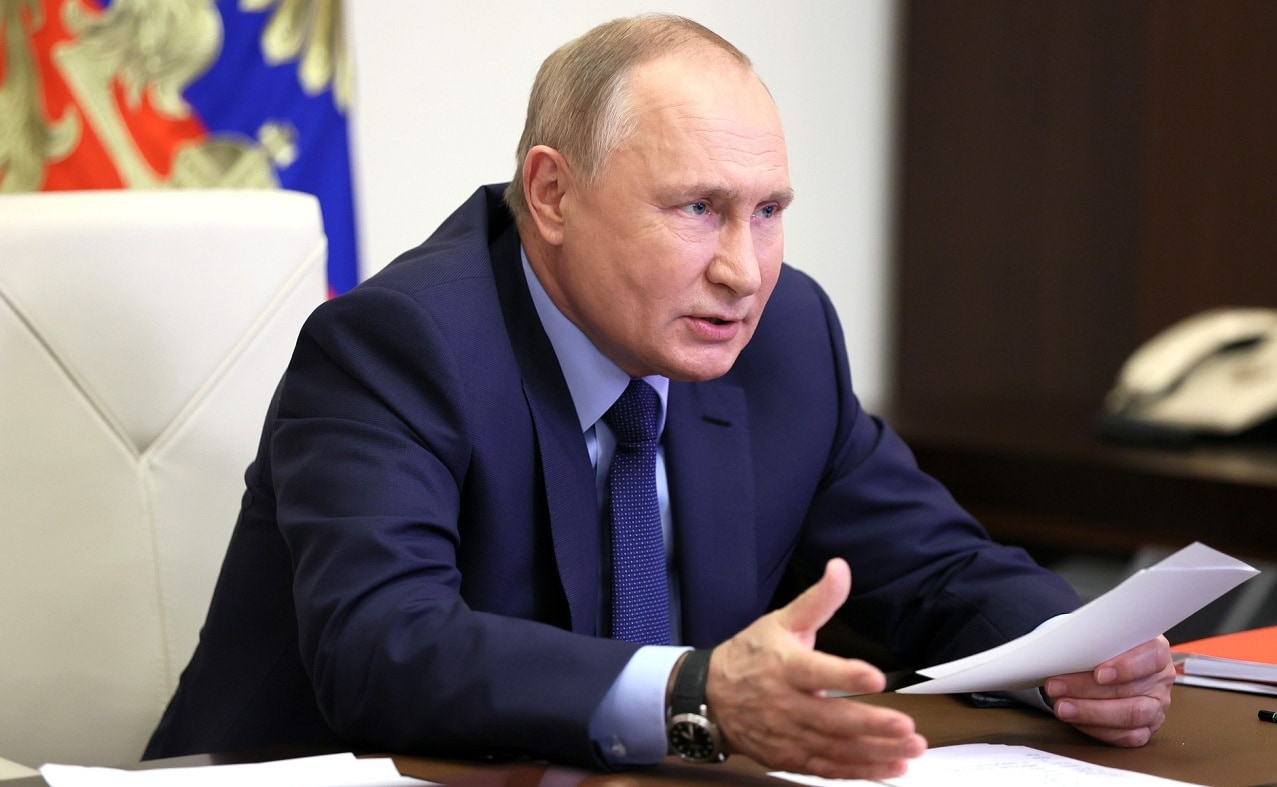Following months of Russian military presence at the Zaporizhzhia Nuclear Power Plant in Ukraine, Russia has reportedly agreed to allow a team of international experts into the facility to ensure that it remains operational and safe.
What We Know
According to a readout of a call between French President Emmanuel Macron and Russian President Vladimir Putin, the Kremlin agreed to allow a team from the International Atomic Energy Agency (IAEA) to inspect the Zaporizhzhia plant in Ukraine.
The French president’s office revealed how the two world leaders spoke over the phone to discuss concerns about the risks of maintaining a military presence on the site of Europe’s biggest nuclear power plant.
“President Macron once again emphasized his concern over the risks that the situation at the Zaporizhzhia plant poses to nuclear safety and security, and expressed his support for sending a mission of IAEA experts to the site as quickly as possible, under conditions approved by Ukraine and the UN. The Russian President indicated his agreement to the deployment of this mission and the terms that were discussed,” the readout explains.
Macron’s office also said that the two presidents will continue to discuss the matter over the coming days following further conversations between technical teams arranging the visit.
What Is the Kremlin Planning In Zaporizhzhia?
Maintaining a military presence at Zaporizhzhia has given the Russian military some strategic advantages since March – and that presence has become even more vital for the Russians as Ukrainian troops have become more effective at utilizing U.S.-supplied weapons to destroy Russian ammunition depots.
The Kremlin stands accused of storing military equipment, ammunition, and weapons at the nuclear power plant, safe in the knowledge that Ukraine cannot launch direct strikes at the facility without risking a nuclear disaster. United States Secretary of State Antony Blinken said this month that the facility was being used as a “shield” by the Russians.
Russia’s decision to allow a team of experts to enter the facility could potentially be used to disprove these claims, though it would first require Russian troops to move any weapons or ammunition currently on the site. Satellite images revealed around a dozen military vehicles parked near administrative buildings on the nuclear facility, and videos also appeared to show the vehicles moving military equipment inside of buildings on the site.
Ukrainian energy company Energoatom accused Moscow this week of preparing to launch a new provocation, describing in a Telegram post how Russian soldiers were working to source diesel generators that could be used to maintain the plant’s cooling systems after shutting it down and disconnecting it from the nation’s power grid.
If Russia goes ahead with the plan, it would strip Ukraine of one-third of its electricity supply. It’s unclear whether Russia intends to shut the plant down before or after the planned visit by the IAEA.
Jack Buckby is a British author, counter-extremism researcher, and journalist based in New York. Reporting on the U.K., Europe, and the U.S., he works to analyze and understand left-wing and right-wing radicalization, and reports on Western governments’ approaches to the pressing issues of today. His books and research papers explore these themes and propose pragmatic solutions to our increasingly polarized society.

